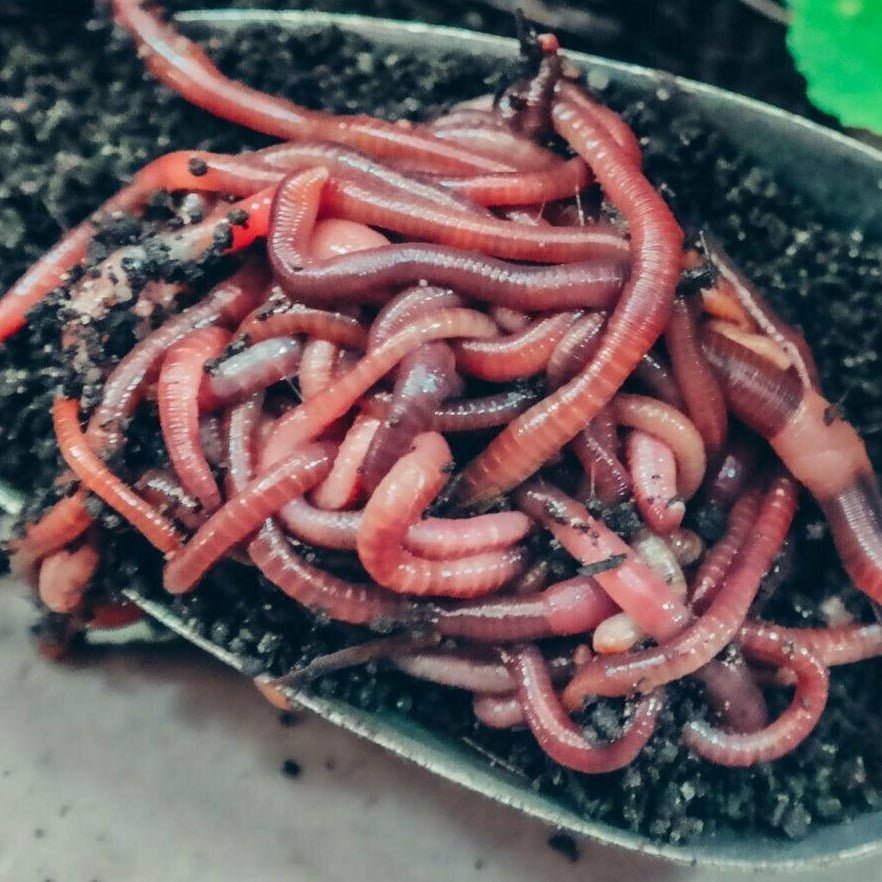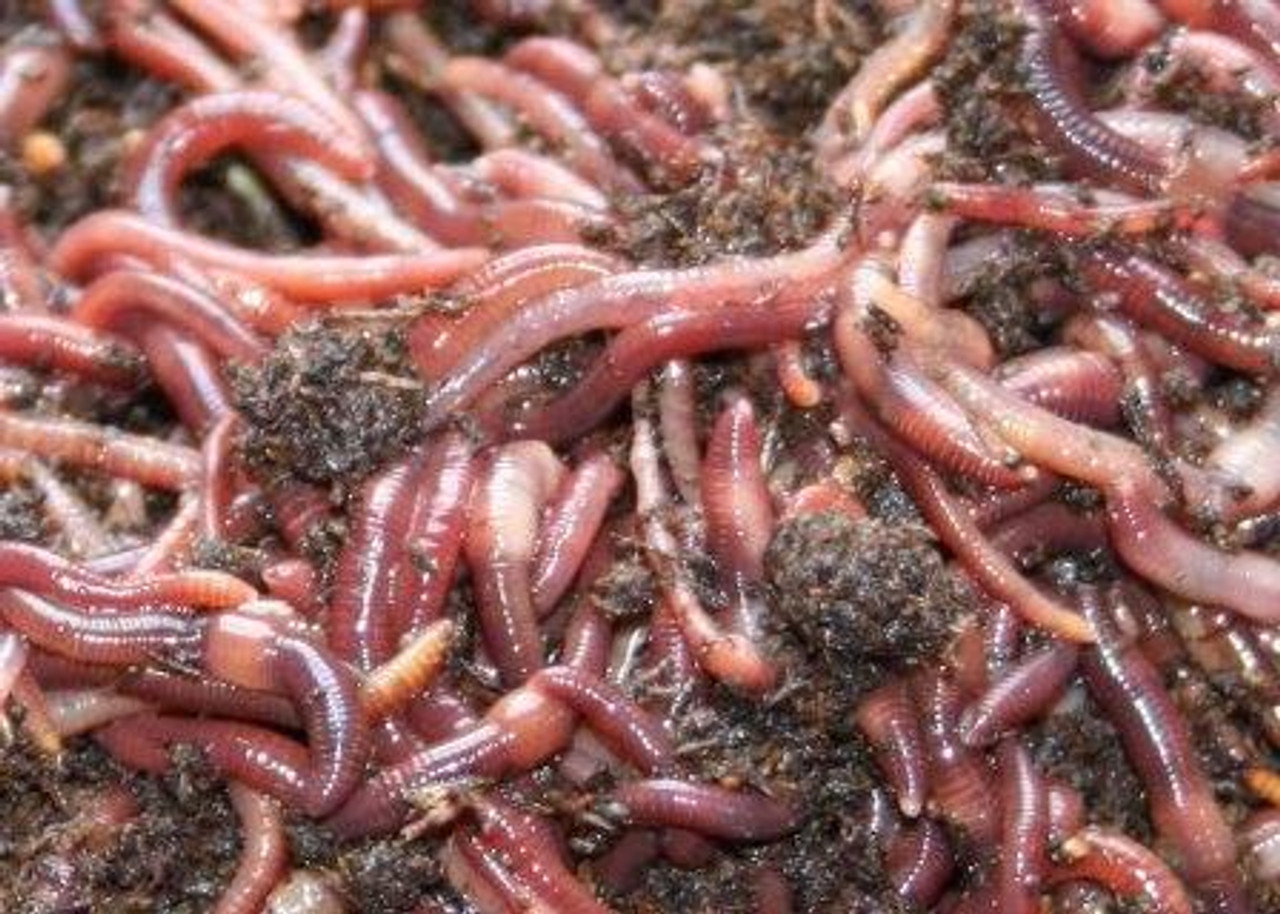Achieve a Greener Lawn with the Help of Red Wiggler Express Lawn Care Treatments
Achieve a Greener Lawn with the Help of Red Wiggler Express Lawn Care Treatments
Blog Article
Open the Tricks of Red Wigglers: Your Overview to Composting Success
The combination of red wigglers right into composting methods presents a significant possibility for improving dirt health and wellness and advertising sustainability. These microorganisms are not simply efficient recyclers of organic waste; they provide a myriad of advantages that can transform garden administration. Comprehending their needs and habits is crucial for maximizing their potential, from setting up an ideal worm container to feeding them the right products. As we explore the necessary parts of effective vermicomposting, one might ask yourself just how these tiny creatures can result in a more vibrant and productive yard community.

What Are Red Wigglers?
(Red Wiggler Express)Red wigglers, medically referred to as Eisenia fetida, are a varieties of earthworm largely used in composting due to their exceptional ability to decompose natural matter effectively. These worms are defined by their reddish-brown coloration and a segmented body, commonly determining in between 3 to 4 inches in length. Unlike other earthworm types, red wigglers prosper in abundant, natural atmospheres, making them optimal for vermicomposting systems.
Belonging To North America, they are usually found in decaying fallen leaves and compost heap, where they play a critical duty in nutrient recycling. Their adjustment to residing in a moist, cardiovascular environment enables them to eat large amounts of natural waste, breaking it down into nutrient-rich castings that improve soil health.
Red wigglers replicate rapidly, with a solitary worm with the ability of generating a number of cocoons each week, each having multiple hatchlings. This fast reproduction rate contributes to their performance in composting procedures. They favor temperatures in between 60 ° F and 80 ° F, and their activity level enhances significantly within this range, more aiding in the disintegration procedure. Comprehending the biology and behavior of red wigglers is crucial for maximizing their capacity in composting applications.
Advantages of Using Red Wigglers
Using the power of red wigglers in composting supplies many benefits that enhance soil health and advertise lasting waste administration. These exceptional organisms successfully break down organic issue, changing kitchen scraps and backyard waste right into nutrient-rich vermicompost. This completed item is remarkably valuable for plant growth, as it boosts soil structure, raises wetness retention, and boosts nutrition accessibility.

(Red Wiggler Express)In addition, the existence of red wigglers in your composting system can speed up the composting procedure, producing high-grade compost in a fraction of the time compared to typical methods. The castings created by these worms are likewise bursting with advantageous microbes that even more enrich the dirt ecological community.
Establishing Your Worm Bin
Producing a reliable worm container is a simple procedure that can substantially improve your composting initiatives. Worm containers can be made from plastic storage containers, wood boxes, or readily offered worm bins.
Next, prepare the bedding product, which serves as the worms' environment. A mix of shredded newspaper, cardboard, and coconut coir functions well, offering a comfy environment for the worms.

Feeding Your Red Wigglers
To guarantee the health and wellness and efficiency of your red wigglers, it is important to offer them with a balanced diet that satisfies their nutritional demands. Red wigglers flourish on a diverse array of organic materials, which not only provide necessary nutrients however also promote efficient composting.
Start by integrating kitchen area scraps such as vegetable peels, fruit cores, and coffee premises. Stay clear of citrus fruits, onions, and garlic, as these can be destructive to worm health. In addition, present shredded paper, cardboard, and completely dry leaves to develop a well-aerated setting.
Feeding regularity must be kept track of; normally, worms can consume half their body weight in food weekly. It is critical to prevent overfeeding, as excess food can result in unpleasant odors and attract bugs. A great method is to include food in small quantities, allowing worms to refine it prior to presenting much more.
Preserving dampness degrees is likewise vital; the bedding ought to be moist however not soggy. Last but not least, make sure to routinely inspect the temperature and pH degrees of the bin to make sure an optimum setting for your red wigglers, ultimately boosting their composting performance.
Harvesting and Making Use Of Garden Compost
An effective composting process with red wigglers culminates in the abundant, dark compost recognized as vermicompost, which can considerably boost dirt wellness and plant development. Collecting this nutrient-dense product normally occurs every 3 to 6 months, depending on the size of your system and the quantity of raw material being processed.
To gather, carefully different the compost from the worms and any type of undecomposed materials. One effective approach includes relocating the contents of the bin away and including fresh bed linen and food to the vacant space, motivating the worms to move. After a few days, the compost can be gathered from the opposite side.
It is essential to make use of vermicompost correctly to maximize its advantages. By integrating vermicompost into your horticulture program, you not only reuse organic waste yet likewise create a thriving ecosystem that supports sustainable horticulture methods.
Final Thought
In summary, red wigglers offer as remarkable allies in composting efforts, changing organic waste into nutrient-rich vermicompost. By recognizing the optimum conditions for their habitat, feeding needs, and garden compost harvesting methods, garden enthusiasts can boost dirt health and advertise Website plant vigor.
Report this page